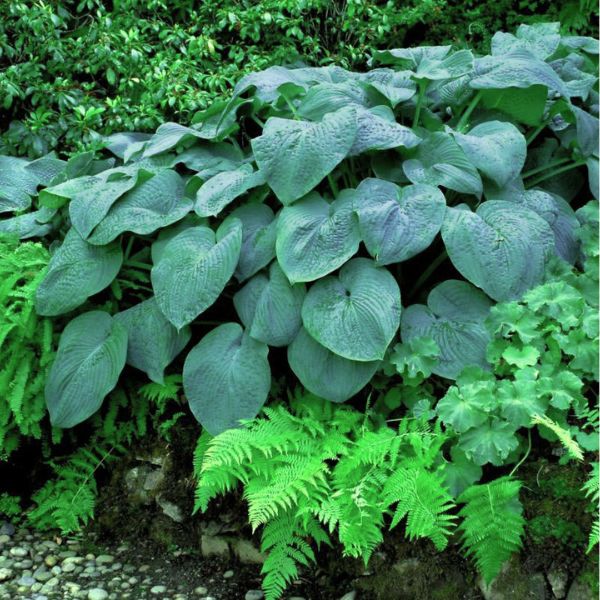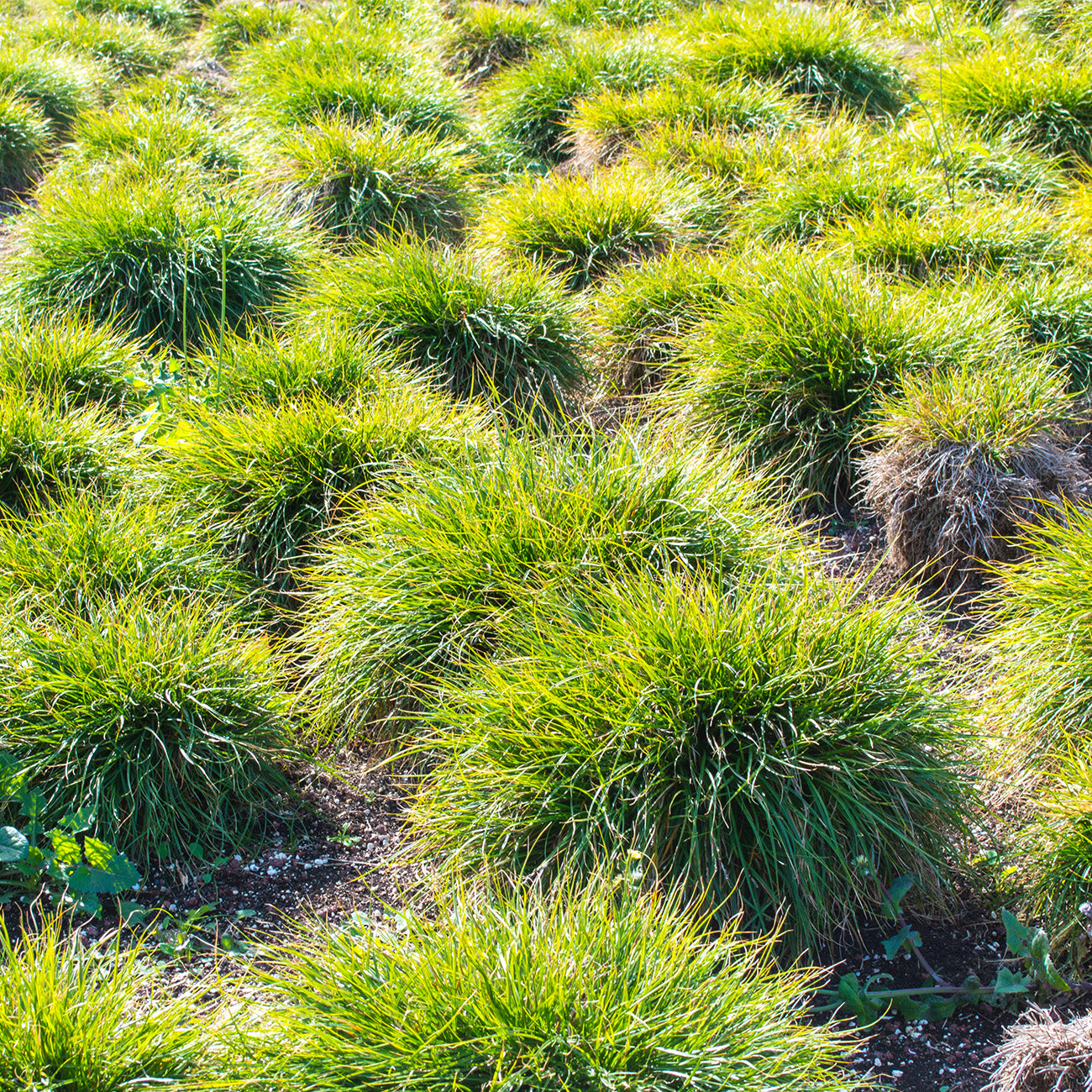This quietly radical garden tells a story of homelessness, healing and hope – I think it's the most important design at this year's Chelsea Flower Show
The Pathway Garden showcases the healing power of horticulture
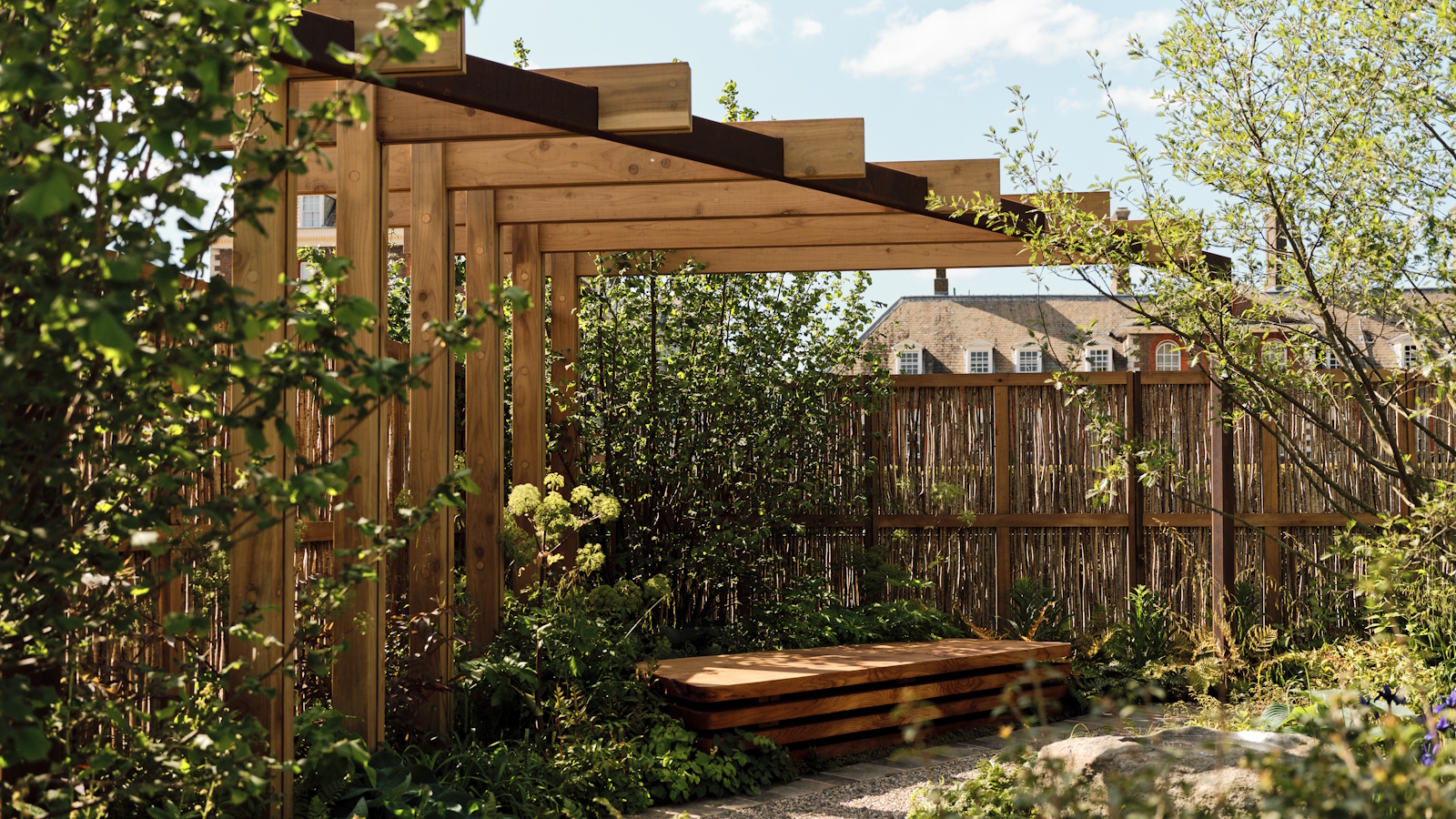

Chelsea Flower Show is a place of spectacle. Big budgets, big names, and even bigger gardens. And, while all of that is present this year, one garden quietly stands apart, telling a story that hits harder than anything else on display.
The Pathway Garden, designed and created with people who have experienced homelessness, is visually striking, yes, but it is the meaning behind each element that makes this corner of the showground my favorite. It doesn’t shout. It doesn’t need to. Every detail tells a story of exclusion, struggle, support, and, crucially, hope. It reminds us that gardens aren't just beautiful. They can be a lifeline. A radical act of care.
There’s always a lot of talk about calming and sanctuary garden ideas at Chelsea, but for me, The Pathway Garden feels different. More honest. From the reused and reclaimed materials to the thoughtful, resilient planting, everything here has a purpose. There’s no frill for the sake of it. No gimmick. Just a powerful celebration of second chances and the natural world’s capacity to heal.
A garden of transition
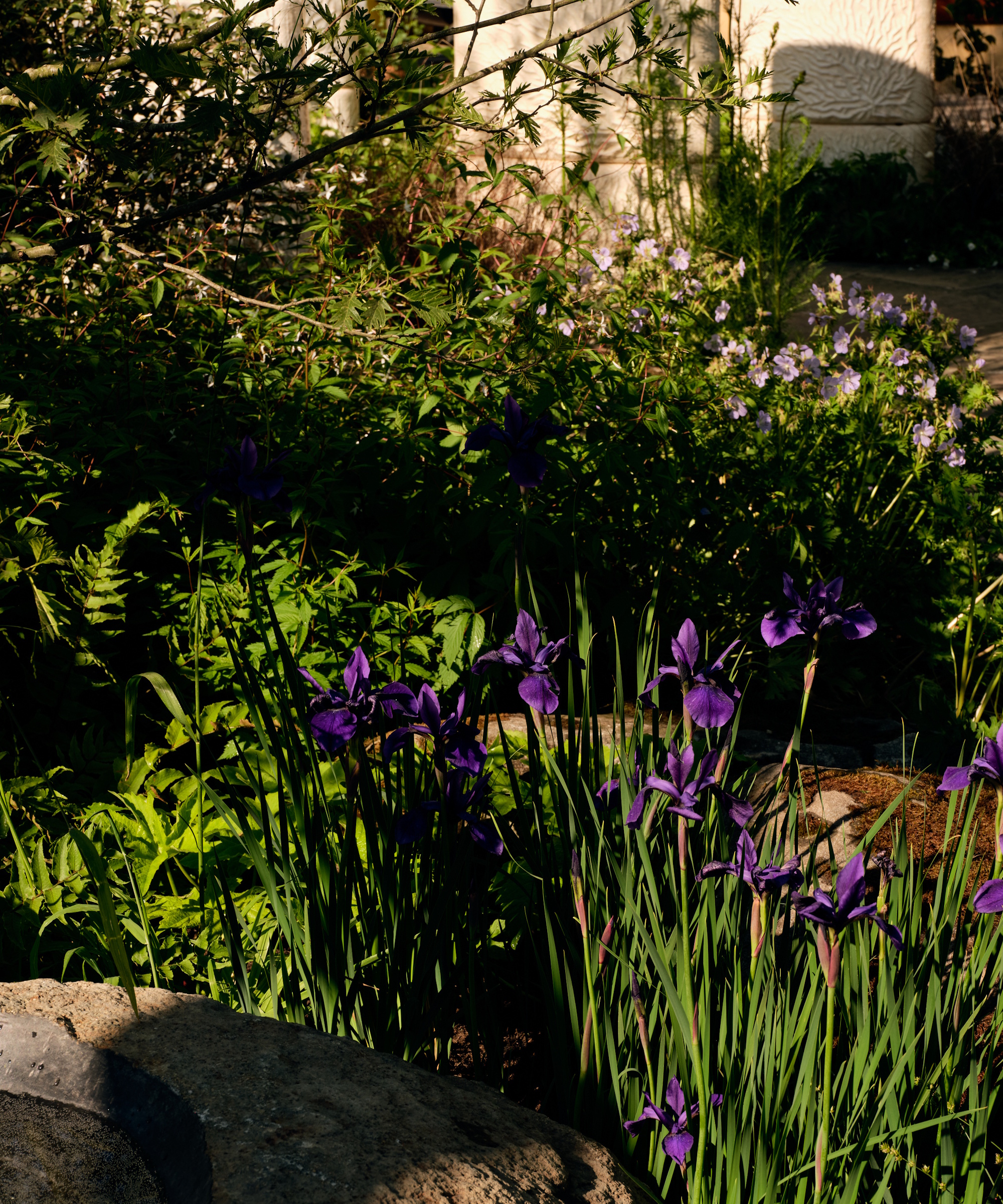
The first thing you notice in The Pathway Garden is what you can’t see. The view is obscured. The path bends awkwardly, lined with stone boulders found on one side. It’s not the neat symmetry or visual punch we’ve come to expect from Chelsea Flower Show design trends, but that’s the point.
Designed by Allon Hoskin and Robert Beaudin from the award-winning design studio, Modular, every element is intentional. The asymmetric layout and limited views echo what it's like to be homeless: confusing, uncertain, isolating and full of barriers.
But walk further, and things begin to change. A bench appears. Then, an inviting pergola. The path widens. There’s water, dappled light, a sense of movement and shelter. It’s a garden of transition, echoing what Pathway, the charity behind the space, helps people to do.
This garden isn’t linear, and neither are the lives it represents. It’s a design rooted in real stories. Layered, lived-in, shaped by struggle, survival and hope.
Design expertise in your inbox – from inspiring decorating ideas and beautiful celebrity homes to practical gardening advice and shopping round-ups.
As Gareth, one of the Pathway team with personal experience of homelessness, puts it: 'Like a person, a garden with the right TLC can become a space of creativity and expression… beneath the foundations can be a way of supporting diversity, improving the quality of a day and bringing joy to others.'
Networks of care
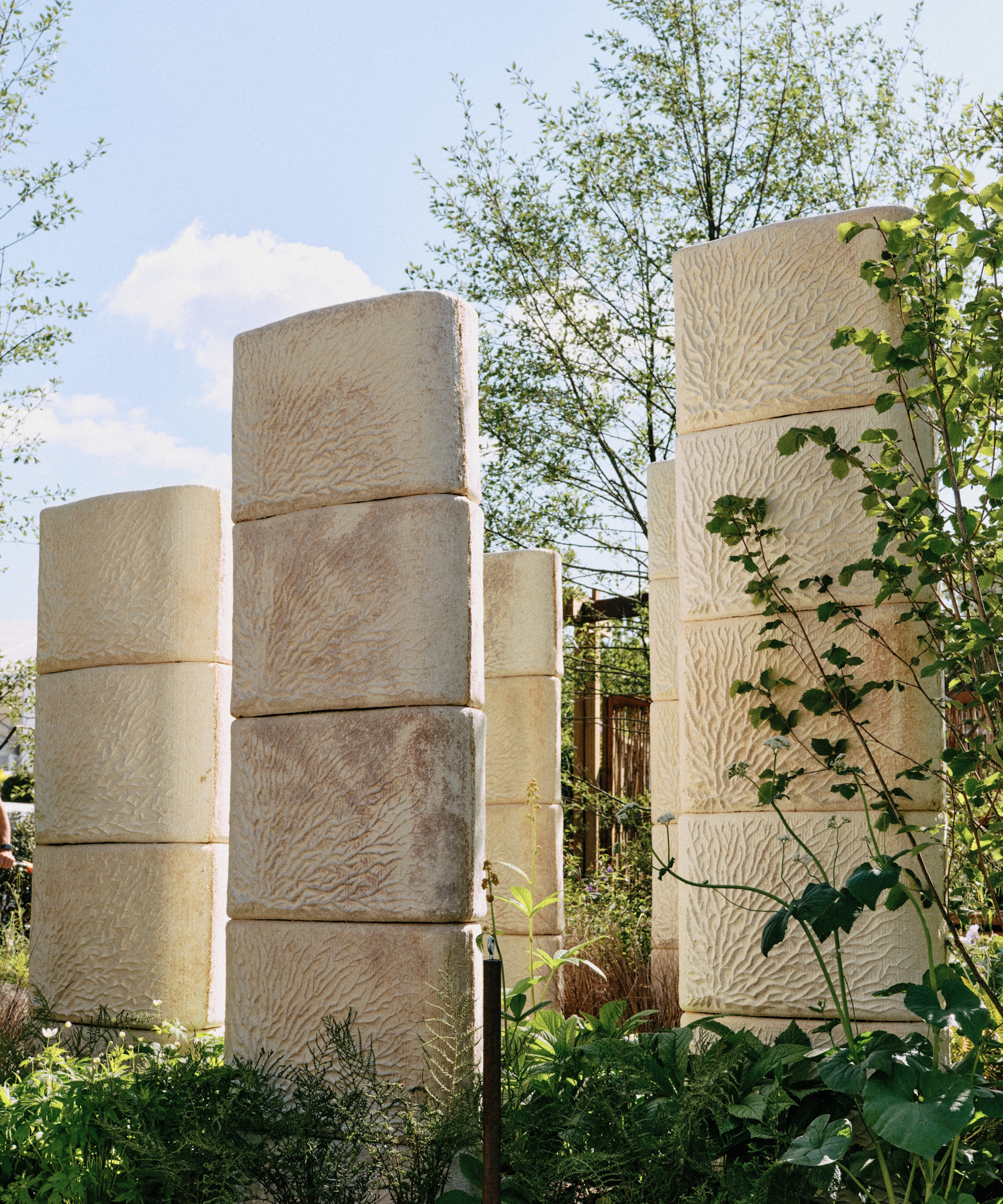
In the heart of The Pathway Garden are found strange, almost otherworldly sculptural forms: towering structures made of mycelium, the underground fungal network that supports and sustains forest ecosystems and the world under our feet. Easily, this is one of the most unusual additions to Chelsea Flower Show 2025.
These columns represent support systems and networks that hold people up when they are at their most vulnerable. Doctors, nurses, advocates and support workers, all working together to help people move from crisis to care.
As Alex Bax, CEO of Pathway, puts it: 'We want to use The Pathway Garden to remind people of the profound health inequalities faced by people experiencing homelessness, as well as the opportunities that exist to create sustainable solutions to this problem.'
The fact that these eco-friendly garden structures were grown from reclaimed waste from last year’s RHS Hampton Court Show only deepens the symbolism. Nothing is lost. Everything can grow again. Everything can be renewed.
A sustainable garden built to last
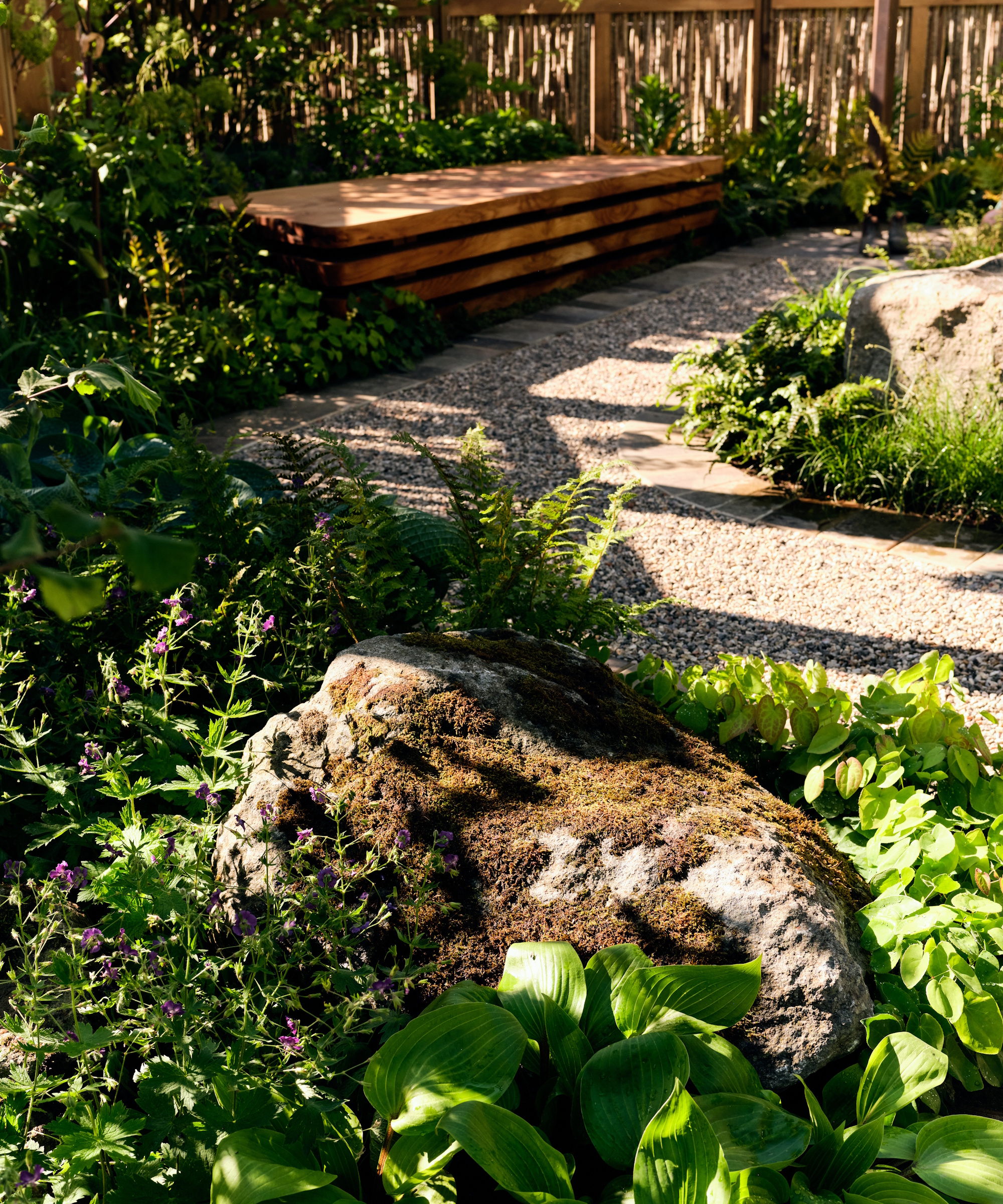
Everything in The Pathway Garden has been considered. No virgin materials, no concrete, no waste. Materials have been reused, reclaimed, grown, or gathered, from the mycelium towers to the timber detailing of the pergola.
As designer Allon Hoskin says: 'This garden is about sustainability at every level.'
And it is. Sustainable in build, but also in spirit, built by many hands, designed to last, and ready to be passed on.
Indeed, the journey of The Pathway Garden doesn’t end at Chelsea. After the show, the entire garden will be relocated to the Shekinah Centre in Plymouth, a community hub supporting people experiencing homelessness.
There, it will live on as a real sanctuary. A space of recovery, rest, and reflection.
Resilient and native planting
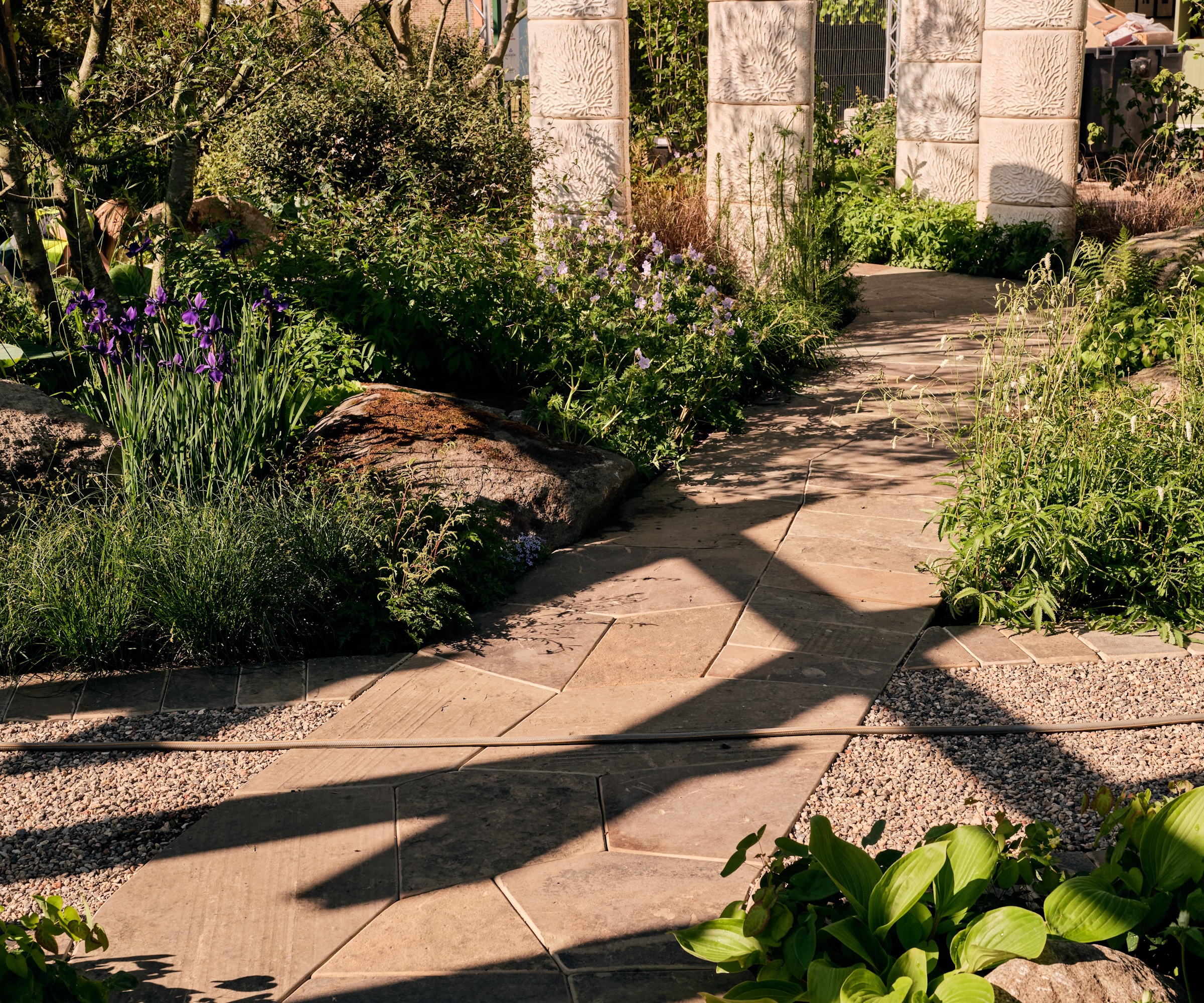
The planting in The Pathway Garden includes a palette of tough, mostly native species that thrive in shade and can take care of themselves. This isn’t high-maintenance gardening. It’s impressive and thoughtful, yes, but also replicable at home, too.
At the show, I spoke with Manzoor, a Pathway volunteer who has himself experienced homelessness, who told me how involved the team was right from the beginning, visiting the nurseries where the plants were growing, right through the planting in the last few days.
In the space, one multi-stemmed common hazel, or Corylus avelana, as well as cut-leaf alder, or Alnus glutinosa 'Laciniata', provide dappled shade and structure in the space.
Below these trees, several species of fern can be found, including the airy goldie's fern and the glossy-leaved hart's tongue fern, both of which are resilient woodland plants for darker gardens.
Hosta 'Purple Heart' as well as the delicate yellow flowers of barrenwort, or Epimedium × versicolor 'Sulphureum', gently line and tumble onto the asymmetric paths, while Iris siberica offers upright pops of purple. Sprawling geraniums meander through it all, softening the edges of the design.
Even the resilient Virginia creeper, or Parthenocissus quinquefolia, a famously tenacious vine, is here. Softening the vertical surfaces of this lush, green space.
The Pathway Garden reminds us that gardens are not simply places to grow beautiful plants. They are also places that can grow and heal people, and perhaps that is the most important and hopeful lesson of Chelsea 2025.
You can find out more about Pathway here.
The Pathway Garden was sponsored by the grant-giving charity Project Giving Back. You can find out more about Project Giving Back here.
Recreate the look with woodland plants

Thomas is a Content Editor within the Gardens Team at Homes and Gardens. He has worked as a professional gardener for both public spaces and private estates, specializing in productive gardening, growing food and flowers. Trained in Horticulture at the Garden Museum, he has written on gardening and garden history for various publications, including The English Garden, Gardens Illustrated, Hortus, The London Gardener and Bloom. He has co-authored a Lonely Planet travel book, The Tree Atlas, due out in 2024.
You must confirm your public display name before commenting
Please logout and then login again, you will then be prompted to enter your display name.

